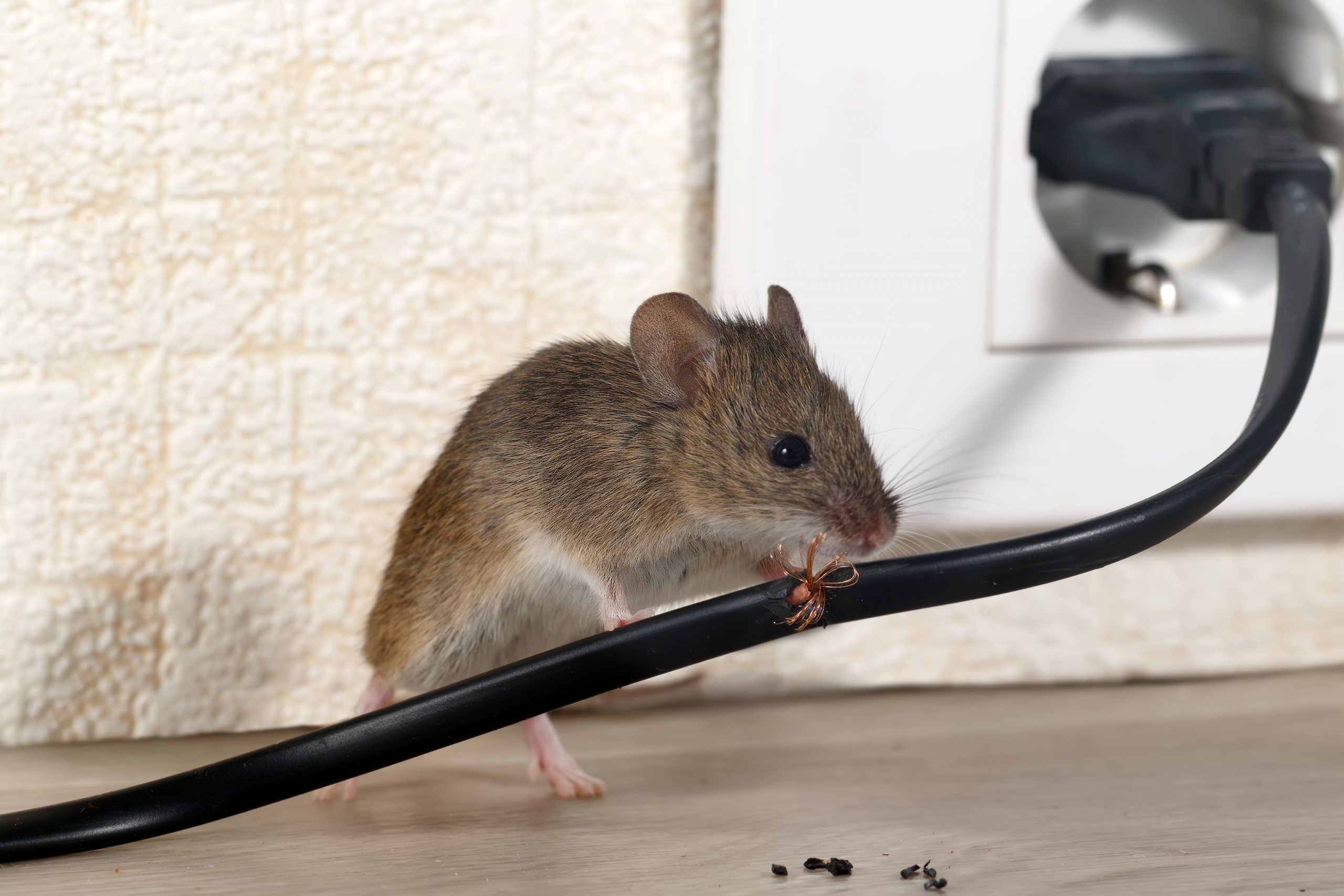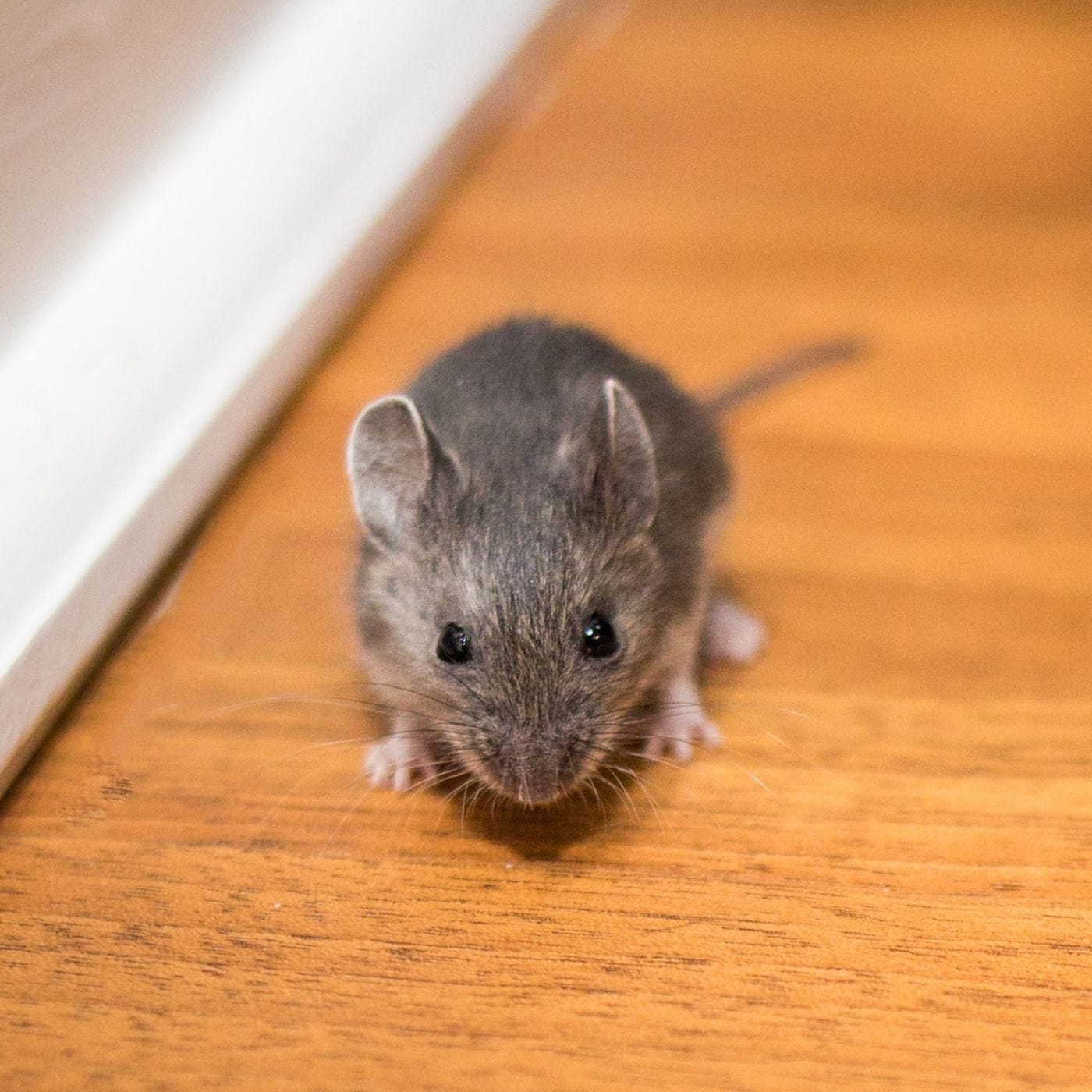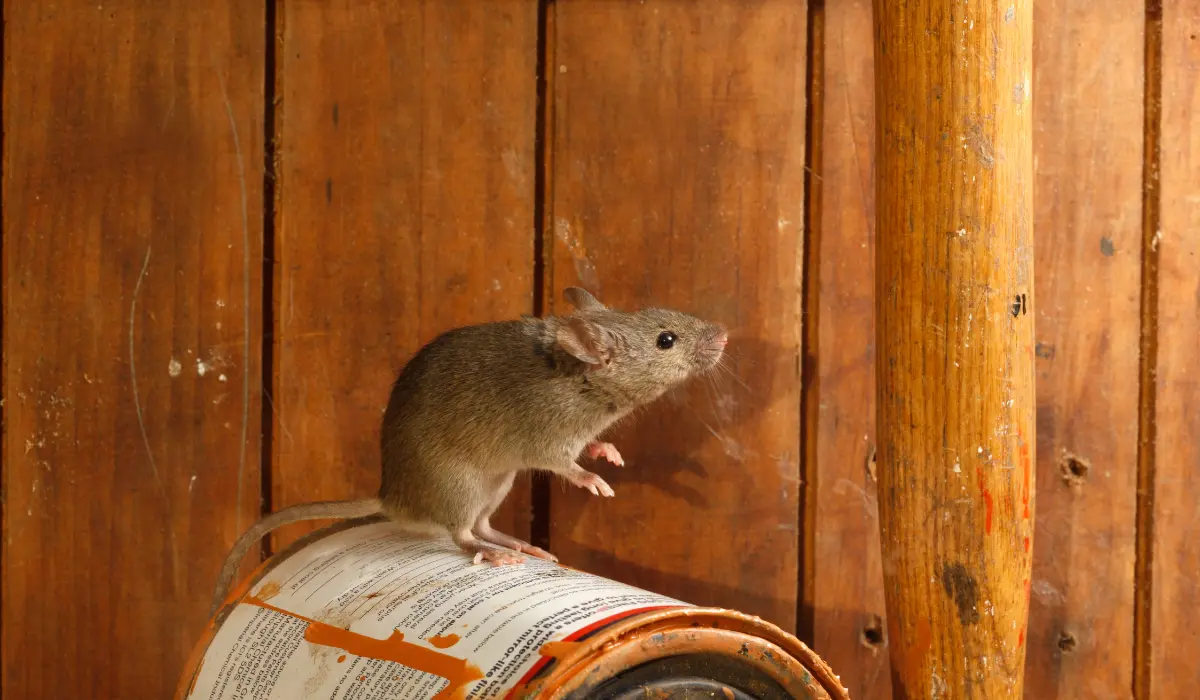Florida’s subtropical setting, recognized for its mild winters and abundant warmth, appeals to countless residents and visitors. However, the same mild climate that people enjoy also provides a year-round haven for rodents—particularly mice. These nimble creatures seek out easy food and shelter, often slipping inside properties through tiny openings. In an upscale area like Coral Gables, neglecting a small mouse population can lead to noticeable contamination, damaged materials, and occupant stress if not controlled promptly. This service page explains why mice flourish in Florida’s environment, the signals you might have a mouse issue, and why enlisting a professional mice exterminator for mice treatments is your best strategy for protecting your property. By addressing early signs and responding quickly, homeowners, landlords, and businesses in Coral Gables avoid the deeper costs and anxieties that come from unbridled rodent infestations.
Why Mice Thrive in Florida

- Mild, Short Winters
In colder states, persistent freezing conditions curb mouse populations significantly by forcing them to slow breeding or seek deep shelter. Florida’s winter seldom dips low enough to stifle mouse activity for long. Indoors, stable heating or air conditioning preserves comfortable temperatures that encourage year-round reproduction. As a result, mice rarely face the natural population dips typical of colder climates. - High Humidity and Rainfall
Mice need consistent water sources and frequently exploit Florida’s frequent rainfall, humid air, or moisture around air-conditioning units and leaky pipes to remain hydrated. After intense rains or if ground burrows flood, mice often move inside—through gaps in foundations, around utility lines, or under ill-fitting doors—looking for dryness. - Steady Food Accessibility
Mice feed on practically any available organic matter. Unsealed cereals, pet food bowls, leftover kitchen scraps, or poorly maintained trash bins can attract rodents. In southwestern Florida’s constant mild weather, any slip in occupant housekeeping can become an open invitation for mice, which quickly nest in unseen corners if occupant vigilance lapses. - Minimal Seasonal Slowdowns
Sub-freezing winters in northern regions cause natural mortality or breeding slowdowns for rodents, but Coral Gables sees no such freeze for months on end. Consequently, a small mouse infiltration can rapidly expand. Coupled with occupant routines—like leaving crumbs or not sealing pantry goods—a few mice can balloon into an infestation if unchecked. - Frequent Human or Material Movement
A bustling city like Coral Gables experiences occupant transitions—home renovations, secondhand furniture acquisitions, or new shipments from out of state. Mice can travel in moving trucks, hidden in furniture, or along shipping crates. Once they locate a stable environment inside a new structure, they remain unless occupant or professional interventions remove them.

Why a Professional Exterminator Is Most Effective
- Full Inspection and Species Recognition
A trained mice exterminator surveys each room—kitchens, attics, basements, behind appliances—to detect droppings, nests, or entry points. Identifying which rodent is at play (mice vs. rats) steers correct trap sizes, baits, or barrier tactics. Thorough knowledge of typical rodent pathways ensures no major route remains untreated. - Strategic Trap and Bait Placement
Store-bought traps can scatter rodents if misused. Professionals position snap traps, multi-catch devices, or tamper-resistant bait stations methodically along walls or corners, maximizing contact with foraging rodents while minimizing occupant or pet risk. - Sealing and Exclusion
Mice squeeze through holes as small as a dime. Without blocking these openings, removing existing mice only sees new ones enter. Professional solutions include sealing foundation cracks, plugging pipe gaps, or installing door sweeps, effectively cutting off infiltration channels. - Sanitation and Maintenance Guidance
Beyond removing mice, experts advise occupant-driven improvements like discarding clutter, storing cereals in sealed containers, or disposing of trash promptly. This synergy ensures no easy meals remain for rodents, compelling them into traps or baits if they persist. - Follow-Up Verification
Because new litters may emerge, scheduling re-checks helps confirm total elimination. If occupant sightings persist, the exterminator adjusts or intensifies trap or bait placements. This thoroughness spares property owners from partial success overshadowed by a second rodent wave.
Methods for Mice Treatments
- Inspection and Mapping
The professional inspects potential rodent highways—behind stoves, near water lines, or inside pantries—for droppings or gnaw marks. Locating nest sites (shredded paper piles) clarifies which rooms need special coverage. Differentiating entry points from feeding sites ensures each route is blocked or trapped. - Trap Deployment
Snap traps lined along walls or corners exploit mice traveling close to edges. Multi-catch or live traps might be used if occupant preferences allow. Triggers often use peanut butter or small seeds as lures, enticing mice into swift capture. Technicians check traps regularly, removing any caught rodents. - Bait Stations and Rodenticides
If roaches or direct sightings confirm large colonies, enclosed bait stations containing rodenticide are strategically placed around building perimeters or indoors in locked containers. Mice ingest poison, returning to nests, killing entire groups behind walls. Proper placement ensures minimal occupant or pet exposure to toxins. - Sealing Entry Gaps
Excluding future rodents is vital. Filling holes around plumbing lines, patching cracks in foundations, or installing metal flashing around utility inlets denies mice new infiltration routes. Weatherstripping on exterior doors or windows ensures no opening remains, forcing mice to encounter baits or traps if they attempt entry. - Environmental and Housekeeping Adjustments
Occupants reorganize cluttered storage areas, store grains or cereals in plastic or metal bins, and fix water leaks under sinks or near AC units. Routine occupant cleaning—like vacuuming floors, discarding cardboard piles—also disrupts potential nesting spots.
Serving Coral Gables
Coral Gables, celebrated for its Mediterranean Revival architecture, lush boulevards, and proximity to major Miami attractions, remains a prime target for rodents. Older homes may have minute cracks around foundations or eaves, while multi-unit or commercial buildings see occupant or product transitions that can carry mice in. Quick occupant detection—like checking for droppings near pantry goods or hearing nocturnal scratching—drives property owners to seek professional solutions before mice entrench themselves behind walls or under floors. Combining occupant housekeeping with an expert approach ensures rodents do not overshadow the city’s elegance and occupant comfort.

Why Our Mice Treatments Work
- Florida-Centric Strategies
Because southwestern Florida rarely sees rodent-limiting cold, we incorporate occupant housekeeping (like sealed pantries) plus potent trap or bait station usage year-round. This synergy starves mice of resources while capturing or killing existing populations. - Precision for Occupant Safety
We position traps or baits exactly along known rodent paths, limiting occupant or pet exposure to chemicals or mechanical devices. Occupants typically wait briefly for adhesives or baits to settle, swiftly resuming normal daily life once the solution is in place. - Exclusion for Long-Term Relief
Removing active mice is insufficient if new ones enter. Our suggestions for sealing holes in door frames, pipe inlets, or foundation cracks permanently cut off infiltration routes, reinforcing a stable rodent-free environment. - Follow-Up Assurance
Because mice reproduce quickly, occupant or professional re-checks confirm no new litters remain hidden. If occupant sightings continue, additional trap adjustments or intensifying baits finalize thorough removal, delivering occupant peace of mind.
Next Steps
Finding rodent droppings near stored foods, hearing squeaks or scuffling behind walls at night, or spotting chewed holes in cereal boxes? Contact us to learn more or schedule your service. Our mice treatments in Coral Gables identify rodent hideouts, seal entry points, and deploy strategic traps or baits—ensuring a swift, definitive end to mouse incursions. By partnering with a knowledgeable exterminator, you skip ongoing anxiety about hidden mice gnawing on wiring or contaminating kitchen drawers, safeguarding occupant health and property integrity.
Quick occupant action prevents expansions from a few stray mice to widespread infestations. Combining occupant-led housekeeping—discarding clutter, sealing cereals, and emptying trash promptly—with professional solutions ensures mice face no easy meals or shelter. Freed from nighttime rustling or droppings in cupboards, property owners in Coral Gables can appreciate Florida’s warmth without rodents overshadowing daily comfort.
Sustaining a Mouse-Free Household or Business
- Proper Food Storage: Keep dry goods—like grains, cereals, or snacks—in sealed plastic or metal containers. Immediately wipe up crumbs from counters or floors. Denying rodents access to easy meals compels them toward traps or out of the building entirely.
- Tighten Waste Management: Use lidded bins indoors, removing waste regularly. Outdoor dumpsters should remain sealed and placed away from exterior walls, limiting nighttime rummaging that draws mice closer to entrances.
- Fix Leaks and Drips: Mice require water to survive. Repair dripping faucets, address AC condensation, and ensure no standing water collects in corners or basements. Denying moisture shrinks rodent appeal.
- Clutter Reduction: Cardboard piles or messy closets create hidden nesting spaces. Store items in sealed plastic bins, leaving minimal corners for mice to hide. Mice that lose potential harborage are forced into open areas where traps or baits are placed.
- Regular Checks: Investigate seldom-used rooms or behind appliances every few weeks for new droppings, chew marks, or shredded materials. Early occupant detection stops small groups from turning into bigger rodent trouble.
By weaving occupant vigilance with professional rodent control, southwestern Florida properties stay rodent-free. Even as Florida’s mild winters allow mice to breed uninterrupted, occupant diligence plus targeted exterminator interventions ensure mice cannot find the resources or refuge they need to prosper. The outcome: a calm, sanitized environment that matches Coral Gables’ reputation for refinement and occupant well-being.
